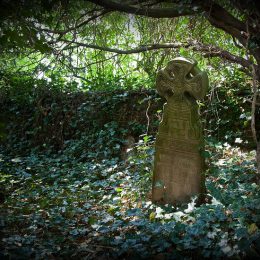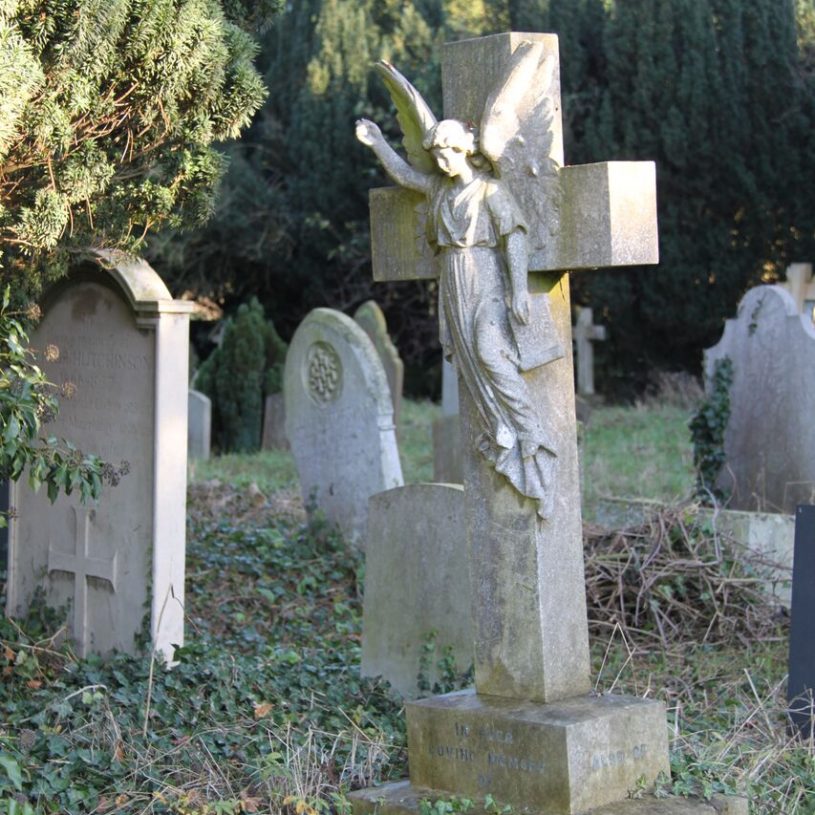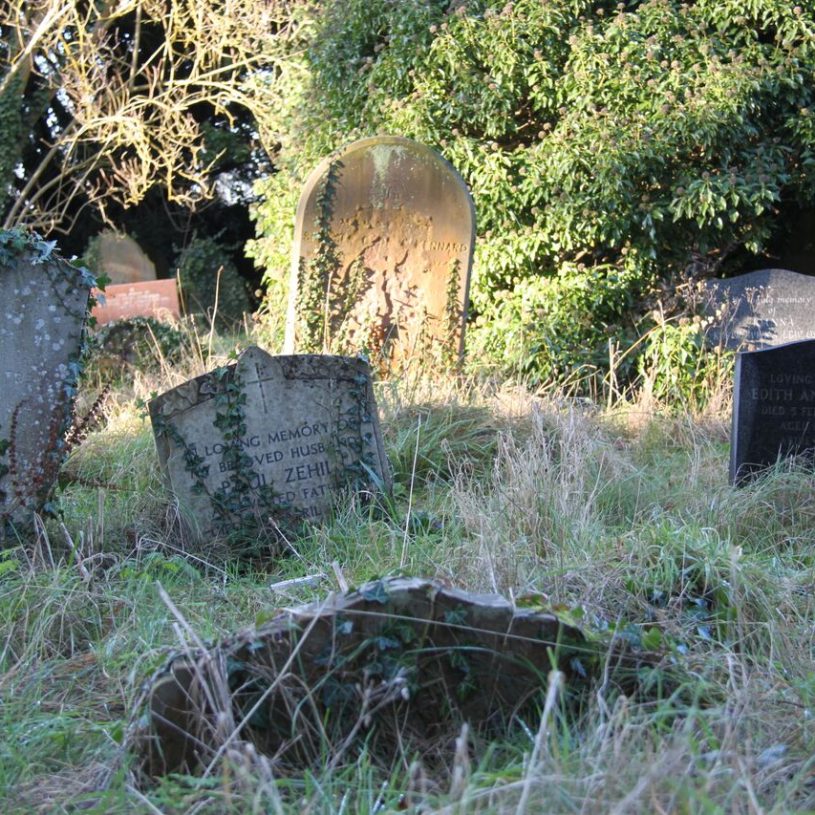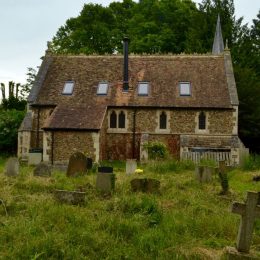Exploring the world of art, history, science and literature. Through Religion

Welcome to TreasureQuest!
Look through the treasures and answer the questions. You’ll collect jewels and for each level reached, earn certificates.
How far will you go?
You need an adult’s permission to join. Or play the game without joining, but you’ll not be able to save your progress.
A hidden place in the city, where the often secular academic world overlaps with the Christian past and present of the city.






Are there links to current religious practices or a modern equivalent?
The burial ground is still in use for burial of ashes, especially in existing family graves. The building within the grounds was once a Chapel of Ease but is now a stone letter cutting workshop.

Where is it from, where is it now?

Books
‘A Cambridge Necropolis’
There is a small booklet available from the Parish Office called ‘A Cambridge Necropolis’, which lists the famous people buried there.











 Faculty of Divinity
Faculty of Divinity